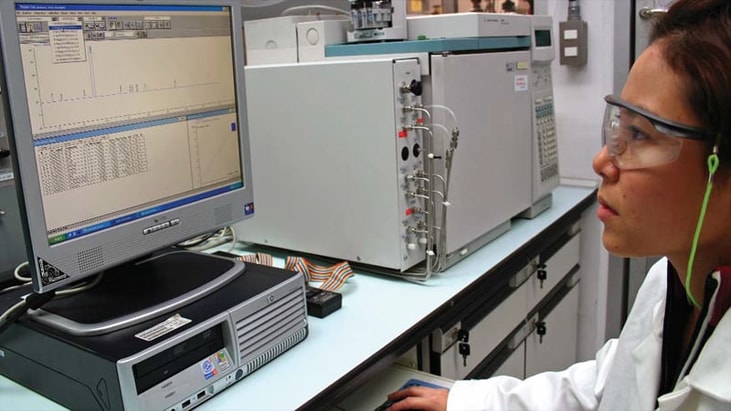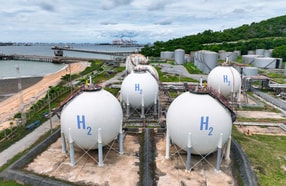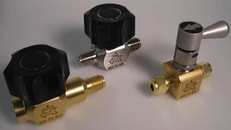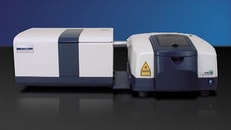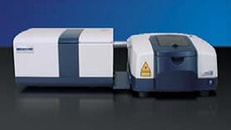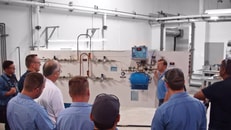Gas Chromatography — Mass Spectrometry
Gas chromatography-mass spectrometry (GC-MS) is one of the most important tools in analytical chemistry. Where other analytical techniques determine quantitative issues arising from analysis of a sample (how much of a chemical is present), GC-MS is able to identify qualitatively the nature of chemicals in the sample, identifying which molecules are present.
According to the GC principle, molecules in a sample separate in the chromatography column due to differences in their chemical properties.
Mass spectrometry breaks components into ionised species and separates these based on their mass-to-charge ratio. Gas chromatography is the first separation step and mass spectrometry is the subsequent step that performs qualitative detection.
“Amid heightened concerns about food safety in many parts of the world (see related story ”The Food and Beverage Market: Food Safety Initiatives Usher in New Regulations” on p. 60), GC-MS has become an important analytical technique,” says Stephen Harrison, Linde Gases’ Head of Specialty Gases and Specialty Equipment. “It is one of few techniques to determine exactly what is in a food sample. Characterized by its quick screening abilities, GC-MS has been widely heralded as the ‘gold standard’ for forensic substance identification.”
... to continue reading you must be subscribed

